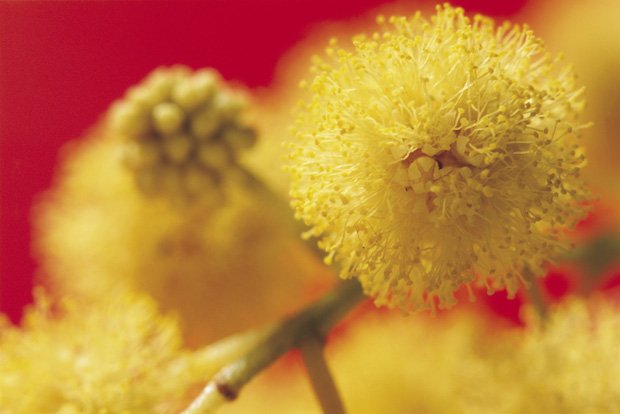Photography basics: aperture and shutter speed

THE TWO DETERMINING factors for correct exposure in any photograph are the camera’s shutter speed and lens aperture.
These two mechanisms go hand in hand, meaning if you change one, you need to alter the other.
Aperture
Aperture refers to the lens diaphragm. In ‘auto’ mode it is similar to the human eye and narrows when there is a lot of light or widens when there is little light. Aperture is measured in f-stops (for example, f1.4, f2.8, f4, f5.6, f8, f11, f16, f22 and so on).
The smaller the number, the wider the diaphragm – allowing more light to enter the camera, and vice versa. Additionally, the aperture affects the depth of field: it determines how much of your photo appears in focus.
A wide aperture (f2.8) allows a shallow depth of field so only your subject is in focus (ideal for portraiture) while a narrow aperture (f22) increases depth of field, ensuring all depths are in focus (ideal for landscapes).
Shutter speed
Shutter speed is the second determining factor in correct exposure. The faster the shutter speed (1/1000th sec) the less light hitting the camera sensor and vice versa.
Shutter speed is also used to ‘freeze’ action or to allow ‘blur’ in a photo. To freeze a mountain biker you need to shoot at 1/500th or 1/1000th sec but to ‘blur’ the water in a rainforest waterfall, you need to shoot at 1/15th sec or slower.
Aperture and shutter speed in practice
Most importantly the intensity of light hitting the camera sensor must remain the same whether you control your camera using aperture or shutter speed.
If you use aperture-priority (A) or shutter-priority (S or Tv) then the camera automatically adjusts the alternate setting to ensure correct exposure. In manual mode (M) you are given full control so if you alter the aperture you must adjust the shutter speed to compensate… and vice versa.
Just imagine it as a sliding scale, the wider your aperture the faster your shutter speed needs to be. Or the slower your shutter speed the narrower your aperture must be.
Example 1 – Portraiture. If your camera reads 1/125th sec at f5.6 but you want f2.8 for a shallower depth of field, you are widening your aperture by two stops.
To compensate for the extra light, you must then increase your shutter speed by two stops to retain correct exposure. Your settings should then read 1/500th sec at f2.8.
Example 2 – Sport. If your camera reads 1/125th sec at f8 but you want 1/1000th sec to freeze action then you are increasing your shutter speed by three stops (1/250th, 1/500th, 1/1000th) and therefore less light is entering the camera.
To compensate you must widen aperture by three stops to let more light enter the lens. Your settings should then read 1/1000th sec at f2.8.
Mark ‘Watto’ Watson is an adventure sports photographer and journalist assigned to photographing some of the most challenging adventures on the planet.
RELATED STORIES

